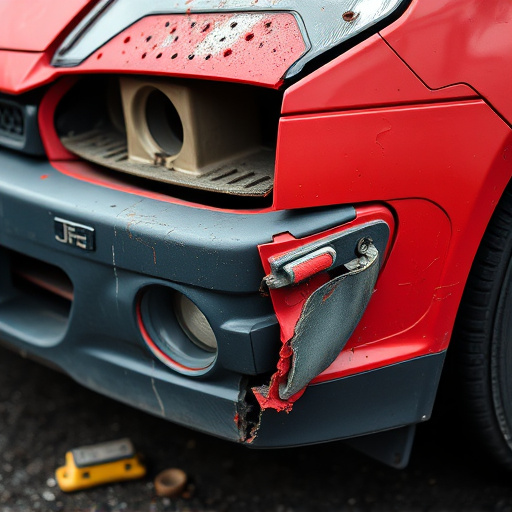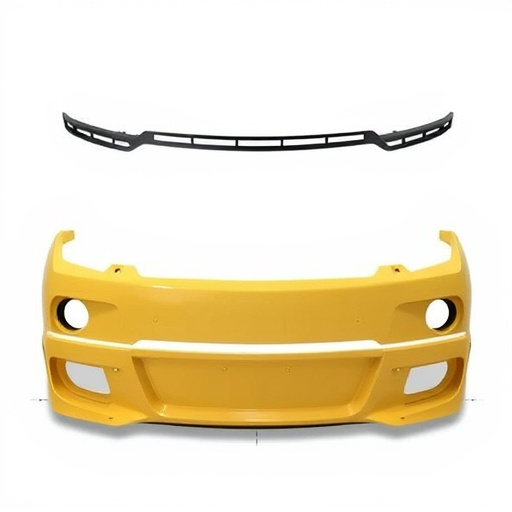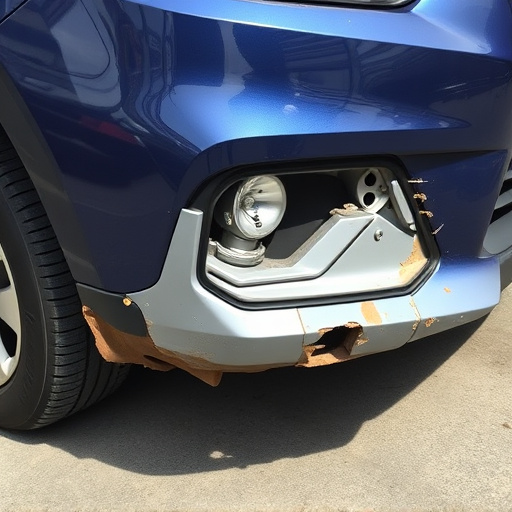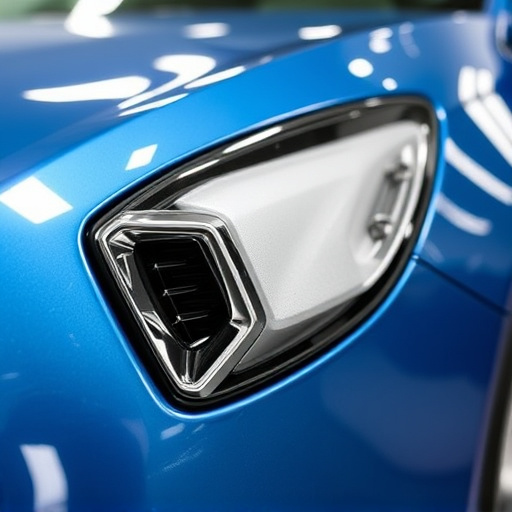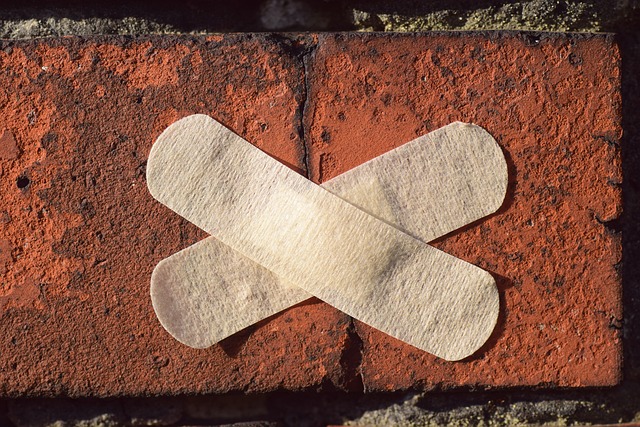Carpet replacement collisions harm automotive brands' reputations by damaging interiors and customer trust. Causes include subpar materials, misaligned parts, and improper installation techniques. To prevent this, businesses should enhance training, implement quality control, use high-quality components, and promptly repair damage. Swift action, including acknowledging issues, addressing complaints, offering complementary services, and proactive communication builds trust and preserves brand image in the digital age.
Carpet replacement collision incidents can significantly impact brand reputation, especially in service industries. These incidents, where customers experience damage or delays during floor covering replacements, erode trust and shape brand perception. Understanding the root causes and implementing effective strategies to mitigate such collisions is crucial for maintaining customer satisfaction and fostering long-term loyalty. This article explores these aspects, providing insights into how businesses can navigate and manage carpet replacement challenges to protect their brand reputation.
- Understanding Carpet Replacement Collision Incidents
- Brand Perception and Customer Trust Impact
- Strategies to Mitigate and Manage Reputational Damage
Understanding Carpet Replacement Collision Incidents

Carpet replacement collision incidents are a growing concern for brands, particularly those in the automotive industry. These occurrences involve situations where a vehicle’s interior carpeting is damaged during the installation or replacement process, leading to significant brand reputation challenges. It’s essential for businesses to grasp the root causes of such collisions to mitigate their impact effectively. Often, these issues stem from misaligned parts, incorrect fitting techniques, or subpar materials used in the repair or replacement process.
By understanding the specific scenarios that lead to carpet replacement collision damage, companies can implement tailored strategies to prevent them. This may include enhancing training programs for service technicians, adopting more robust quality control measures, and selecting high-quality components to ensure a precise fit during installation. Addressing these incidents promptly through effective collision damage repair, including car paint repair where necessary, can help maintain customer satisfaction and preserve the brand’s image.
Brand Perception and Customer Trust Impact
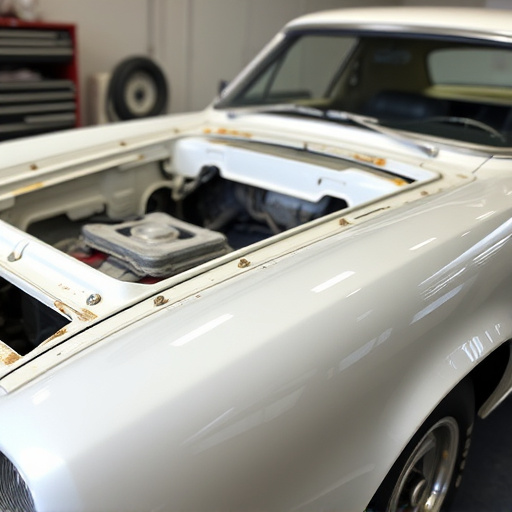
When a carpet replacement collision occurs, it can significantly impact brand perception and customer trust. In today’s digital age, where reviews and online reputation are paramount, a single negative experience can spread rapidly, reflecting on the overall image of the vehicle body shop or brand associated with it. Customers who value their cars and expect quality services from auto body repair shops are likely to remember and share any less-than-satisfactory experiences, which can lead to a tarnished brand reputation.
Brand perception is heavily influenced by how customers perceive the level of care and professionalism shown during collision repairs. A poorly executed carpet replacement job or a lack of attention to detail can signal to customers that the body shop services are subpar. Conversely, demonstrating expertise in auto body repairs and prioritizing customer satisfaction through meticulous carpet replacement processes can strengthen brand trust and loyalty. This is especially true for vehicle body shops aiming to stand out in a competitive market by offering not just practical solutions but also exceptional customer experiences.
Strategies to Mitigate and Manage Reputational Damage

To mitigate and manage reputational damage caused by carpet replacement collisions, businesses must act swiftly and strategically. The first step is to acknowledge the issue openly and transparently. Promptly addressing customer complaints and publicly outlining the steps taken to prevent such incidents in the future can help alleviate concerns. Proactive communication, including updates on repairs and assurances of enhanced safety measures, demonstrates a commitment to quality service.
Additionally, focusing on complementary services like auto glass repair or automotive restoration can temporarily divert attention from the primary issue while providing valuable solutions to customers. Integrating these as part of a broader customer support strategy not only diversifies offerings but also fosters trust and loyalty. Remember, effective management involves demonstrating responsiveness, accountability, and a dedication to continuous improvement in dealing with carpet replacement collisions.
Carpet replacement collisions, while seemingly minor incidents, can significantly impact brand reputation if not managed effectively. By understanding these events, brands can proactively address their effects on customer trust and perception. Implementing strategies to mitigate reputational damage, such as prompt response, transparent communication, and offering solutions, ensures a positive brand image is maintained even in challenging situations. Effective management of carpet replacement collisions fosters customer loyalty and strengthens the brand’s reputation over time.

